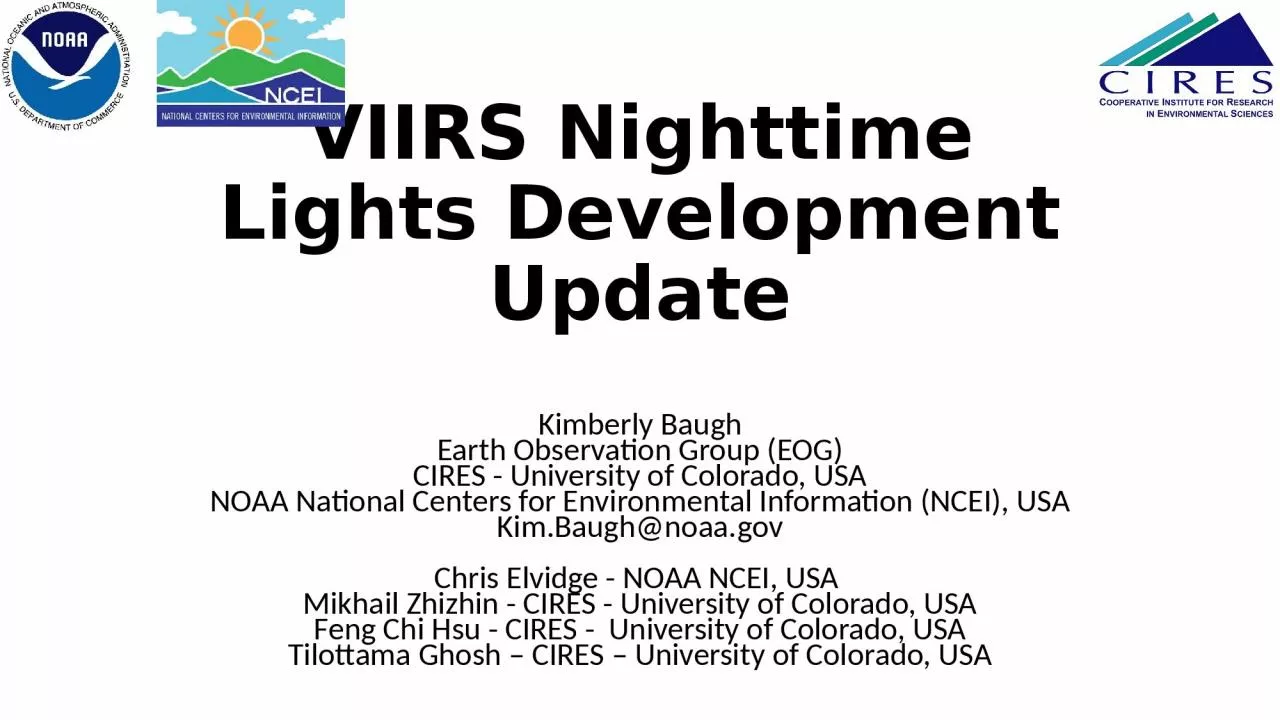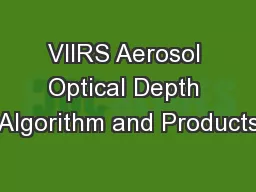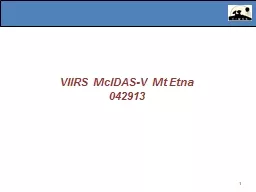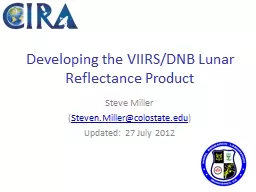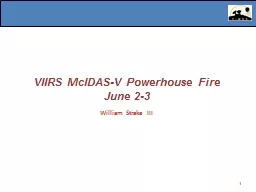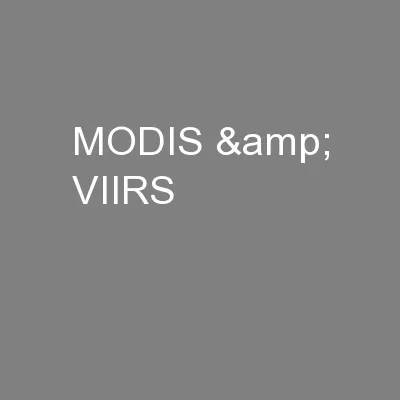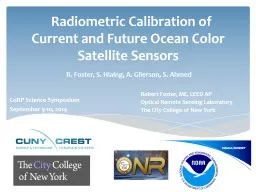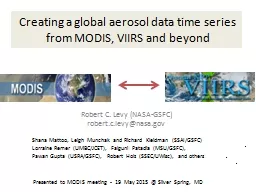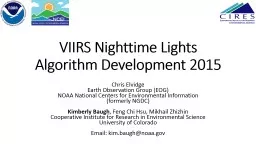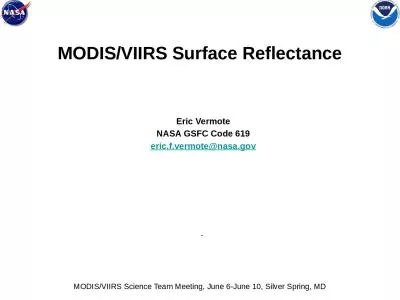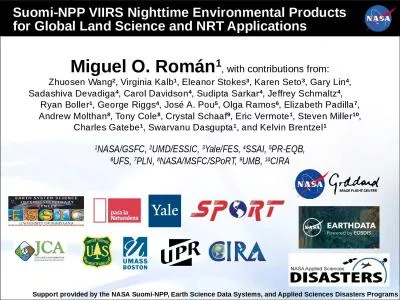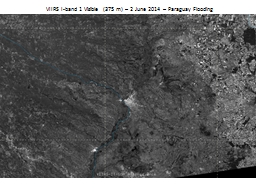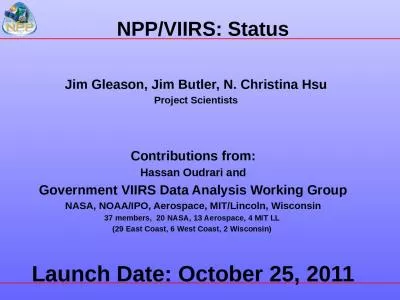PPT-VIIRS Nighttime Lights Development Update
Author : OneAndOnly | Published Date : 2022-08-02
Kimberly Baugh Earth Observation Group EOG CIRES University of Colorado USA NOAA National Centers for Environmental Information NCEI USA KimBaughnoaagov Chris
Presentation Embed Code
Download Presentation
Download Presentation The PPT/PDF document "VIIRS Nighttime Lights Development Updat..." is the property of its rightful owner. Permission is granted to download and print the materials on this website for personal, non-commercial use only, and to display it on your personal computer provided you do not modify the materials and that you retain all copyright notices contained in the materials. By downloading content from our website, you accept the terms of this agreement.
VIIRS Nighttime Lights Development Update: Transcript
Download Rules Of Document
"VIIRS Nighttime Lights Development Update"The content belongs to its owner. You may download and print it for personal use, without modification, and keep all copyright notices. By downloading, you agree to these terms.
Related Documents

